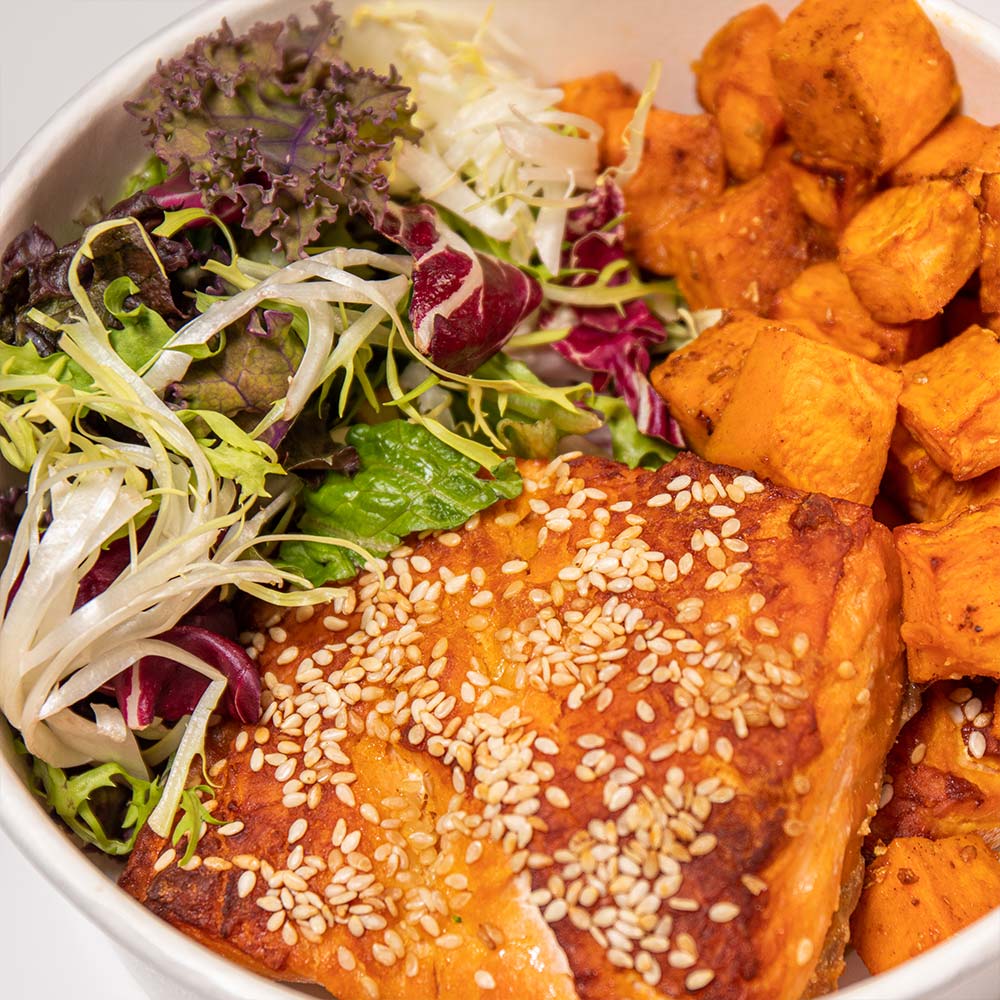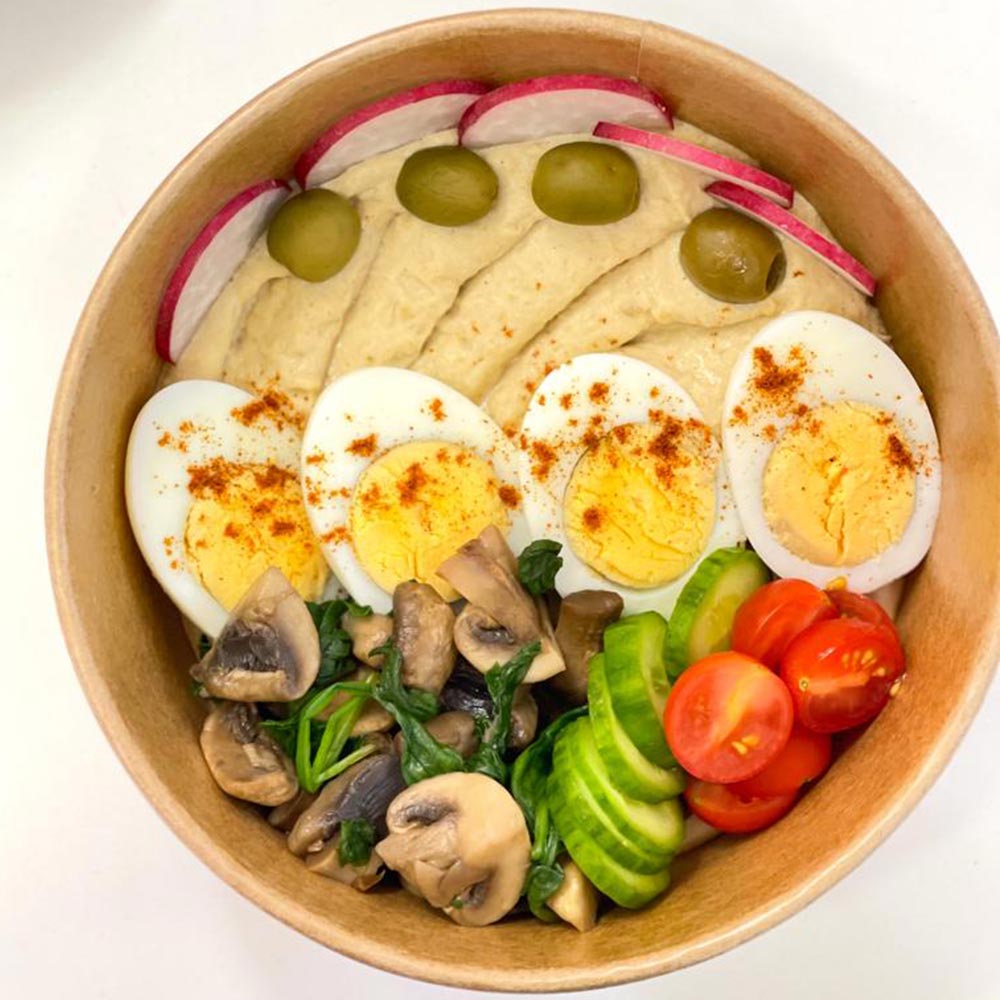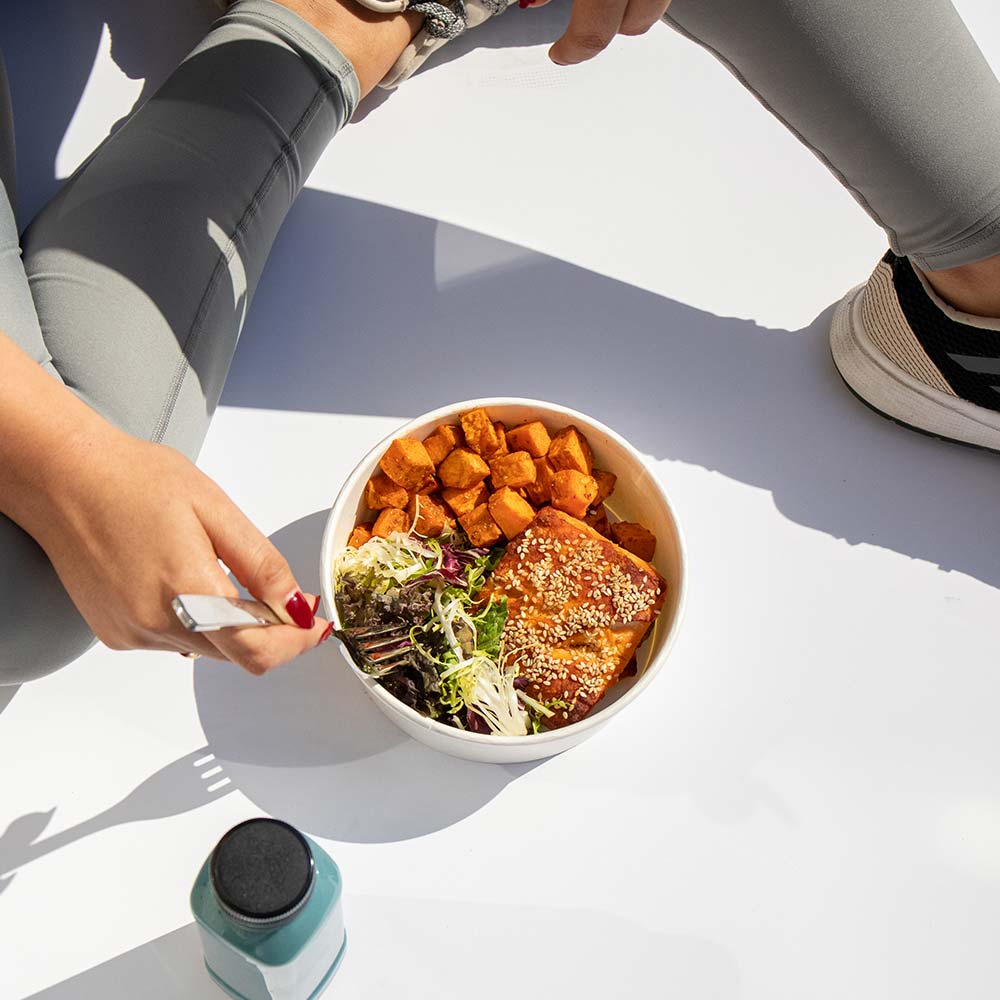Dietary restrictions, including gluten and dairy intolerance
or the lack of one, require more than the typical grocery label inspection. A
thorough food management system needs planning and preparation alongside
consistent execution. Meal planning is your most valuable ally in overcoming
dietary challenges or following a more healthful, allergen-free eating style.
Health support and reading your whole weekly cycle are what proper meal
preparation brings.
The work of Energy Meal Plans provides a foundation for acknowledging food as both a key source of energy and a daily practice that itself has its own needs to be catered to. We will analyze practical meal preparation strategies in unison with a gluten- and dairy-free way of living. The tips contained within this will help you with all the food allergen-free cooking needed in batches with the food so you can have meal nutritious meal at any time of day that’s easy on you.
1. Start with a Structured Plan
Meal prep strategy 101: Know what you’re prepping.
Before going to the store or cooking session, start by
creating a plan for what your meals in your weekly meals. Choose several
gluten-free, dairy-free recipes with the same ingredients, and thus allow you
to use almost the same ingredients and cook from the same cookbook in multiple
meals to cut down on waste and improve the efficiency of your meals. Roasted
sweet potatoes with quinoa bowls and coconut milk-based soups are a combination
of recipes used throughout the next few days without losing interest.
Digital planners and printable templates are an easy and
cheap way of getting some visualisation of your week ahead. And add labels for
the food that you eat each day and at each specific meal time, make sure to
include snack portionings. The success of dietary restriction meal planning
hinges upon having all meals planned and without any uncertainty on a busy
Wednesday afternoon.
Pro Tip: There is also a need for you to spend a given
amount of weekly time to measure your success and failure from your meal plan.
Preparing meals ahead of time is something to learn, with development.

2. Invest in Allergen-Free Pantry Staples
Both of these pantry essentials give you that flexibility, as
well as the ability to speed up preparation.
Key staples for a gluten-free lifestyle include:
- Gluten-free oats
- Brown rice and quinoa
- Chickpea or lentil pasta
- Almond or coconut flour
- Tamari (a gluten-free soy sauce alternative)
For dairy-free food preparation, keep:
- Coconut milk and almond milk
- Nutritional yeast (for cheesy flavor)
- Vegan butter or ghee alternatives
- Cashews (great for creamy sauces)
The ingredients stored in the food components will allow you
to make quick, healthy meals without allergens.
3. Batch Cooking for Allergen-Free Eating
Cooking allergen-free meals in volumes greater than three
meals a day would provide many benefits to someone wanting to prepare food for
themselves quickly and who needs to follow a strict diet. Allocate a single day
per week to keep extra portions of your main food elements to be used in your
main meals.
- Focus on preparing:
- Roasted vegetables (carrots, bell peppers, zucchini)
- Grains (rice, quinoa, millet)
- Proteins (baked tofu, grilled chicken, lentils)
- Sauces (dairy-free pesto, hummus, tahini dressings)
Put these things in tightly sealed containers so that they
don’t get adept at ruining. The prepared food also lets you easily change your
meals each day without any additional cooking necessary.
Monday lunch meal is made up of a combination of quinoa and
roasted vegetables with tahini dressing. Tuesday, swap tahini for hummus and
grilled chicken for Wednesday dinner.
4. Use Smart Storage and Labeling
As the foundation of every allergen-friendly meal plan, it
does require successful organization. Buy transparent BPA-free storage units
that can be stacked, and once heated, they work well in a microwave. Use color
coding system or make clear labels for lids and then apply them to designate
the breakfasts from lunches, dinners, and the contents for each meal.
Always label with:
- Meal name
- Prep date
- "Eat by" date (usually 3–5 days from prep)
This method can be used to prepare gluten dairy-free recipes
in big quantities, and the preparation will be safe, and there will be guess
guesswork involved.

5. Cook Once, Eat Twice (or Thrice)
And stewing them during the second day improves or keeps
their flavors up to their first day. The items that will be the most valuable
in gluten-free and dairy-free meal preparation are curries, soups, casserole
and chilli. These foods freeze and heat up perfectly and only need a few more
ingredients, converting the frozen food into a new meal.
On Day 1, it’s a coconut curry with chickpeas, which serves
as a main component to be used for a rice dish; on Day 2, it is in a wrap; and
finally, on Day 3, it’s included in a bowl with roasted vegetables.
Cold extra portions of food today will aid you in eating
better when you experience busy weeks in the future.
6. Diversify Your Flavors
Coeliac or dairy eating does not have to leave you eating
tasteless meals day in, day out. Condiments and spices, and herbs provide you
the ability to develop the flavours of all of the world over. There are many
gluten-free and dairy-free bases in the traditional recipe bases of Moroccan,
Thai, Indian and Mediterranean kitchens.
Stock your spice rack with:
- Turmeric, cumin, coriander
- Paprika, za’atar, garam masala
- Garlic powder, onion flakes
- Fresh herbs like cilantro, basil, and dill
This practice will urge you to enhance your regular meal
working strategy while still letting your taste buds enjoy.
7. Listen to Your Body and Adjust
There is no consistent approach to gluten-free meal
preparation. You have different nutritional needs as seasons change, or when
your exercise level goes up or down, or as your stress level increases. Lighter
meals will sometimes be the requirement of the week, and at other times,
comfort food will work just fine.
Flexibility is your friend. Both digital and paper format
food journal helps you to note your reactions when you eat different meals. The
information that they obtained can be used to plan future restricted diet meals
in place of the food exhaustion to achieve positive health outcomes.
Final Thoughts
A gluten-free, in addition to dairy-free, way to eat helps
bring in the purposeful nourishment rather than creating limitations. With the
right tools, the right approach and the right mindset, the allergen-free
cooking will become natural to you. Through this macro sichora, you will master
your dietary limitation with her food preparation methods, bulk and appropriate
food preservation techniques.
Time in the kitchen is not needed to prepare good gluten-free and dairy-free meals. This process eliminates weekly routines through decision-making, allowing one to create health-promoting patterns without
wasting time.
Energy Meal Plans exists to get people’s lives juiced
through great-tasting food made with the right nutrients for the
intended purpose. We aim to help anyone who wishes to make meal preparation
less annoying and more allergen-handling friendly with the delivery of one
tidy, nutrient-loaded container per week.






























